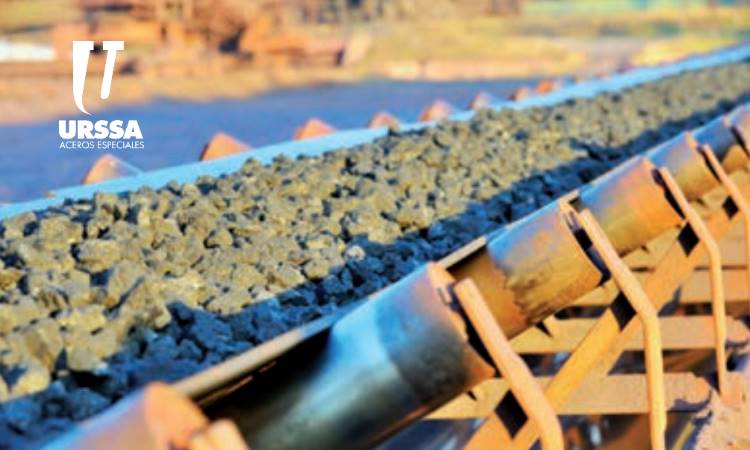
Steel cementation
Heat treatment to harden steel
La cementación del acero es un tratamiento térmico (también conocido como “carburación de superficie”) que tiene como objeto modificar la composición química de la capa superficial del acero, como el objeto de que aceros de baja dureza del núcleo adquieran una eleva dureza superficial. El resultado final de este “temple” son aceros de buena tenacidad en el núcleo y gran dureza superficial.
Objective of the cementation of steels
The objective of the carburizing heat treatment is to give the steel a hardening and particular surface qualities. Heat treatment consists of enriching the surface layers of steel with carbon to achieve hardening and increased wear resistance.
Foundation process
The cementation process is carried out at temperatures above 1000 °C, and maintaining this temperature for a few hours. Once absorbed by the peripheral layer of the steel, the carbon diffusion process begins towards the interior of the piece (the thickness of the cemented layer depends on the temperature and the duration of the operation). When the carburizing phase is complete, the piece is quickly cooled (quenched) in oil to induce the martensitic transformation of the steel. Subsequently, a low temperature tempering is carried out, also called “stretching”. The piece thus obtained is given the corresponding heat treatment, quenching and tempering, and each of the two zones of the piece will acquire the qualities that correspond to its carbon percentage. Sometimes two tempers are given, one homogeneous to the whole piece and a second temper that hardens the outer part.
We can differentiate three types of cementitious materials: Solid, Liquid and Gaseous.
